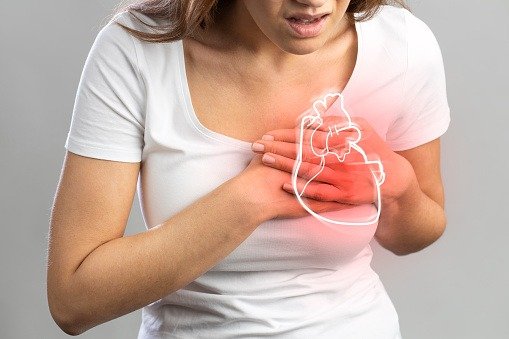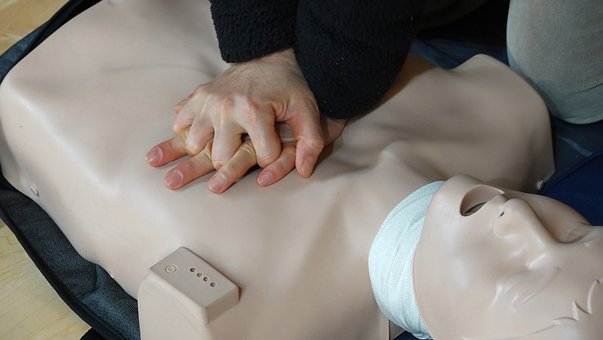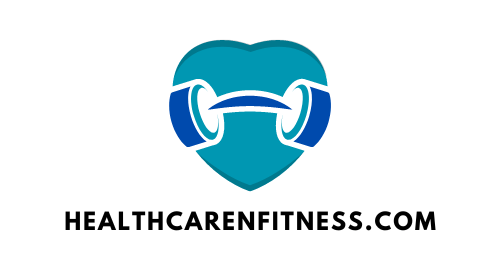What to do if a person gets cardiac arrest ?
Introduction:
Cardiac arrest is a life-threatening emergency that can happen to anyone, anywhere, at any time. Sudden cardiac arrest is a critical medical condition that demands prompt medical attention as it happens when the heart abruptly ceases to beat. When someone experiences cardiac arrest, every second counts, and quick action can make a significant difference in the outcome. Knowing what to do in the event of a heart attack can mean the difference between life and death. In this article, we will discuss the steps for what to do in situation of cardiac arrest.
What is Cardiac Arrest?

Cardiac cessation is an abrupt and unforeseen failure of the heart to function. The heart stops beating, and blood is no longer circulated throughout the body. It can be caused by a heart attack, an electrical malfunction in the heart, or other medical conditions. Cardiac arrest can happen to anyone, regardless of age or health status, and it is a medical emergency that requires immediate intervention.
Signs and Symptoms
The signs and symptoms of heart failure can be sudden and unexpected. They may include:
- Sudden loss of consciousness
- No breathing or gasping for breath
- No pulse or heartbeat
- Bluish discoloration of the skin
If you witness any of these symptoms, it is essential to act quickly and call for emergency medical assistance.
What to Do in the Event of Cardiac Arrest?
If you witness someone experiencing cardiac arrest remember to stay calm and follow these steps:
Step 1: Call for Emergency Medical Assistance
The first step in responding to cardiac arrest is to call for emergency medical assistance immediately. Dial the emergency services number in your area and provide the operator with the location and the details of the situation. Be sure to mention that the person is experiencing cardiac arrest.
Step 2: Start CPR
Cardiopulmonary resuscitation (CPR) is a vital intervention that can help maintain blood flow to the brain and vital organs until medical help arrives. Begin by checking the person’s airway, breathing, and pulse. If they are not breathing and do not have a pulse, start CPR immediately.
To perform CPR:

- Position the individual onto a stable and level area. Join your hands by placing one on top of the other and intertwine your fingers together.
- Place the heel of your hand on the person’s chest, between the nipples.
- Apply pressure to the chest firmly and rapidly, with a compression frequency of 100-120 times per minute.
- After 30 compressions, give two rescue breaths. Tilt the person’s head back, pinch their nose, and give two breaths lasting one second each.
Continue performing CPR until emergency medical assistance arrives or the person regains consciousness.
Step 3: Use an Automated External Defibrillator (AED)
An AED or automated external defibrillator is a compact and transportable gadget that is designed to apply an electric current to the heart to regulate its rhythm and restore normal heartbeat patterns. If the AED is available, use it quickly. Follow the device’s instructions carefully.
Step 4: Provide Support and Comfort
Once emergency medical assistance arrives, provide support and comfort to the person and their family members. Heart attack can be a traumatic experience, and emotional support is essential for everyone involved.
Prevention of Cardiac arrest
While cardiac arrest cannot always be prevented, there are steps you can take to reduce your risk. These include:
- Maintaining a healthy diet and lifestyle
- Overseeing health conditions like hypertension and diabetes.
- Exercising regularly
- Avoiding smoking and excessive alcohol consumption
Conclusion
Heart Failure is a medical emergency that requires immediate intervention. By following the steps outlined in this article, you can help improve the person’s chances of survival. Remember, every second counts, so get help quickly.
